First let's consider what nature does to survive in harsh climates. This low-to-the ground cactus has a sort of bundled-up look that helps it survive cold as well as heat. This plant is growing in the Mojave Desert near Death Valley, where daily and annual temperatures may vary by 100 degrees.
Here's another cactus, also low to the ground, and covered with spines. Did you know the spines evolved from leaves over time? When we first look at the cactus surface we may imagine that the spines evolved for defense. Take a closer look and you may see that the spines of this cactus provide a sort of outer layer that shades the photosynthetic part of the plant.
Here's another plant from the vicinity of Death Valley, related to sunflowers and dandelions, called Psathyrotes ramosissima. What's amazing to me is that the overall shape of this plant is very much like the cacti, a sort of balled up bundle of life. What does the surface-to-volume ratio of these plants tell us about their adaptation to a desert environment?
Some plants, like this little succulent, mimic the body plan of the cactus or the Psathyrotes in each of their leaves.
We could look at desert plants all day, but it's not just plants of the desert that have to cope with harsh, dry conditions.
Many plants have adapted to seasonal drought by taking advantage of the wet season, setting seed, and then dying off once the weather gets too hot. These thistles growing in the Spanish countryside are a good example.
There is such a world of variety out there, and so many evolutionary adaptations to drought. Let's not forget about winter, where, even in "wet" places like eastern North America, water is unavailable during the cold season because it's frozen. The result? The wonderful spring flowers that we see at the beginning of the year.
Just about every plant we know of has to deal with dry conditions of one sort or another. Plant survival depends on the ability to withstand drought, so it makes sense that plants have evolved so many ways to cope with drought. We can keep this thread of thought open and in future posts I promise I'll write more about plant adaptations to drought, a topic of enormous interest and design potential.
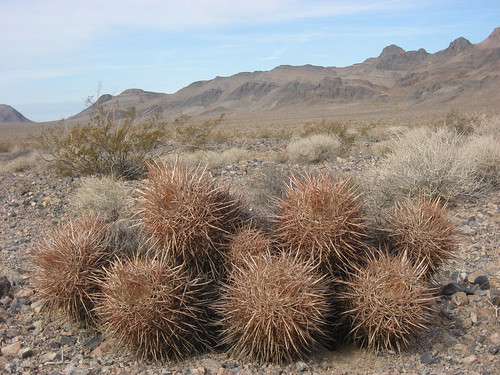
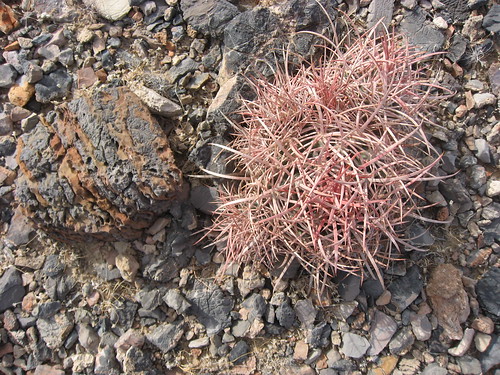
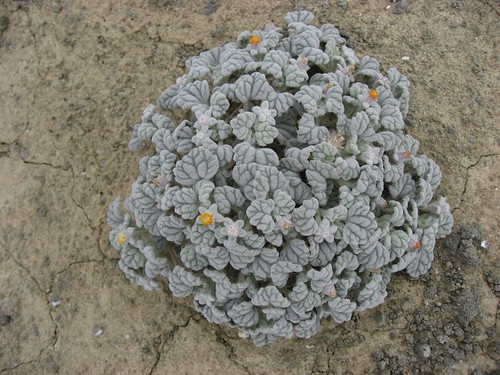

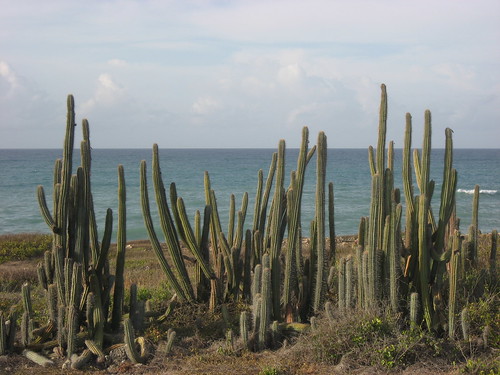
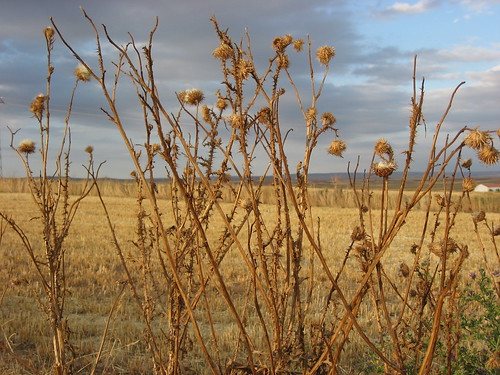
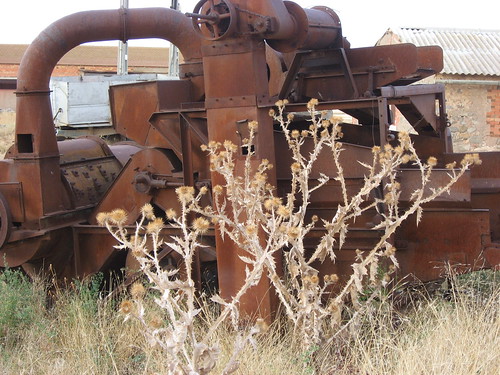
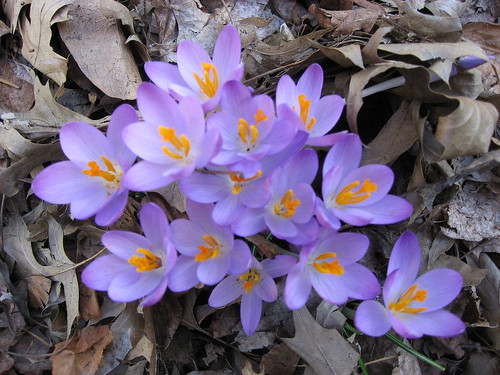
No comments:
Post a Comment